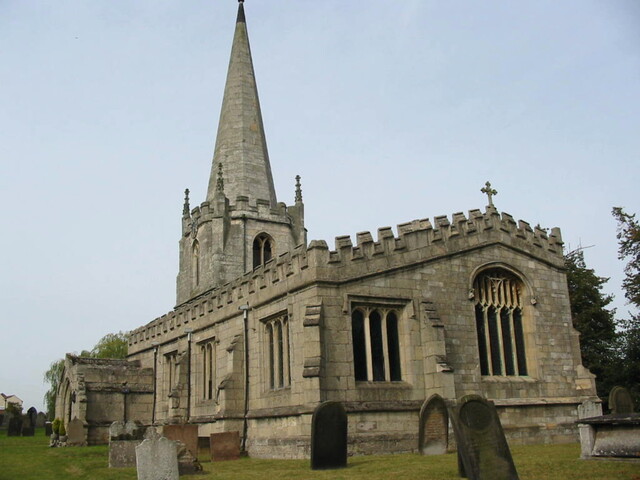Gallows and Gibbets of Nottinghamshire
- Posted in:
- Heritage
Gallows and gibbets are popular imagery in historical fiction for portraying the brutal horror of justice in bygone eras (though people of my age and younger may be shocked to learn that the last hangings in the UK were carried out as late as 1964). Gallows frequently appear in film and media, but gibbets are less-commonly depicted and popularly understood.
Hanging, along with beheading, were common methods of carrying out capital punishment for centuries in Europe. In certain cases where crime was considered especially heinous (murder, treason, robbing a mail cart), the body may be left to hang on the gallows, or the punishment may extend to the body being ‘hung in chains’ and transferred to a gibbet.
A gibbet was a tall wooden post set into the ground, with a crossbar at the top from which hung a cage made of iron. Often the wooden parts would be reinforced with metal bands or nails to prevent vandalism. The cage itself may have looked a bit like a large bird cage, but in the post-Medieval period it was more likely to be a custom-made thing, designed to fit the body of the deceased and keep them looking human-shaped as long as possible. The body of the accused may be left for days, months or years. A grisly trade grew up around collecting parts of the decaying corpse for use in medicine and charms.
The aim of gibbeting was to display a kind of macabre earthly purgatory; the body was kept suspended between the Earth and God, occupying a liminal boundary between life and death. In order to serve their ghastly purposes as deterrents they were often erected in highly visible locations, such as by main highways, on prominent hills, or at crossroads. Sometimes they were located close to the scene of the associated crime, or (more brutally) close to the residence of the condemned person’s family. Accessibility had to be a consideration too as the gibbet would draw visitors for months or years after their placement.
In 1752, the Murder Act codified the treatment that the bodies of murderers legally had to undergo before they could be buried; anatomical dissection or hanging in chains. By far the most common treatment was dissection as the ‘enlightened’ minds of the Age of Reason made use of the corpses for study. By comparison, hanging in chains happened only a small handful of times a year nationally by this time but drew huge crowds whenever it did.
Gibbeting was meant as a gruesome warning against disobedience; an authoritarian attempt to coerce compliance. The reality in many cases, however, was that gibbeting secured the fame, or rather infamy, of the condemned especially where it was perceived that there had been a miscarriage of justice or where the extreme punishment outweighed the crime.

Above: The Church of St Wilfred in Scrooby. The Church resides close to reported gallows in the area.
The Historic Environment Record contains a few references to gallows and gibbets for Nottinghamshire. Gallows Nooking is found where the A46 Fosse Way leaves/enters Nottinghamshire on the east. According to the antiquarian William Stukeley, the gallows were situated atop a mound built into the middle of the roadway. Similarly,‘Galow tre hyl’ in Thieves Wood off the A60 approaching Mansfield, depicted on a late 14th/early 15th century map, was raised on a mound with the old road curving around it to afford the traveller panoramic view. Gibbets are recorded at Scrooby on the Great North Road, and at Shelford on a high eminence above the Trent, both atop custom built mounds.
There was no missing the message if you were a traveller on these roads; behave or be hung.
